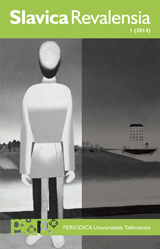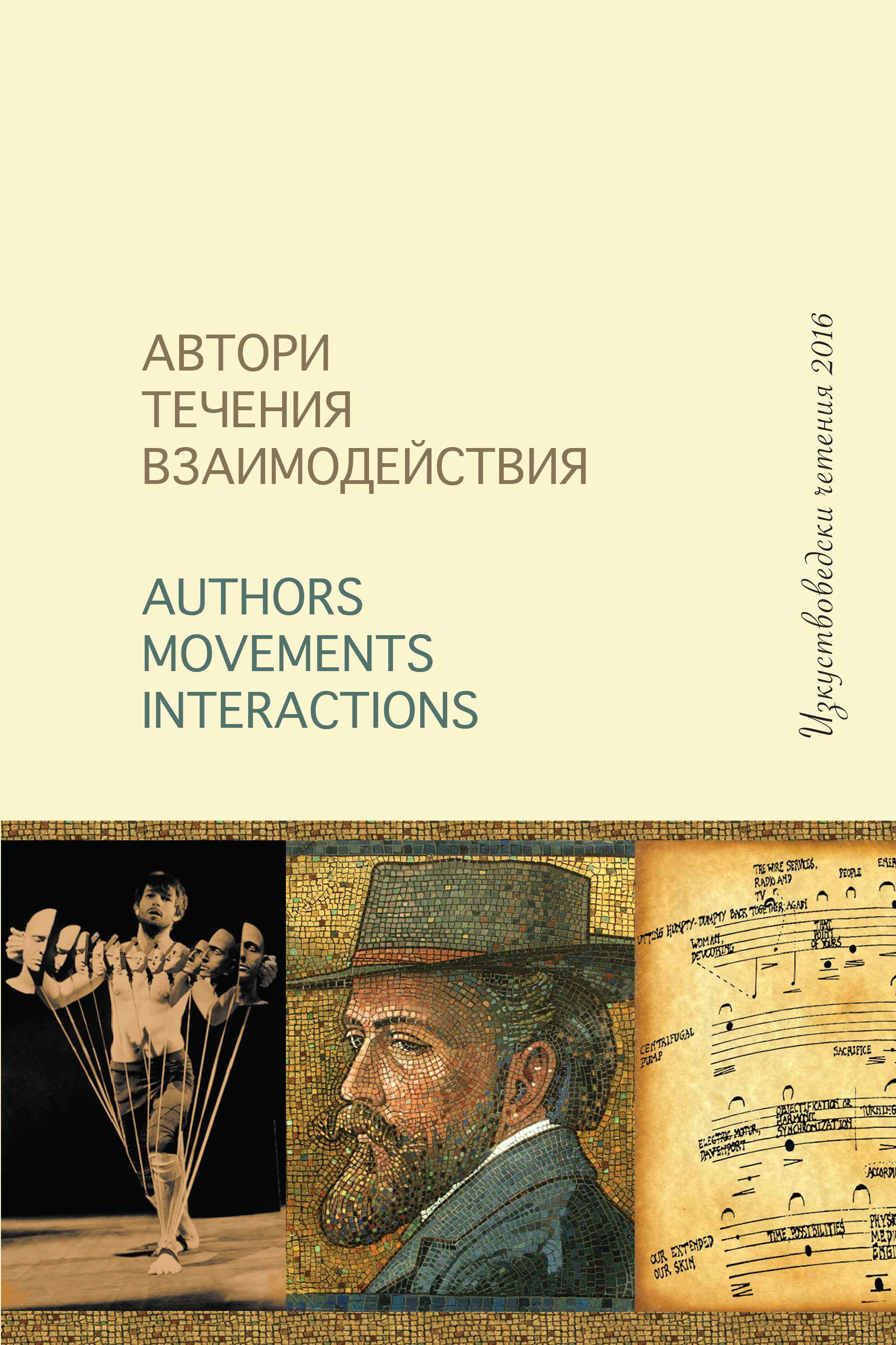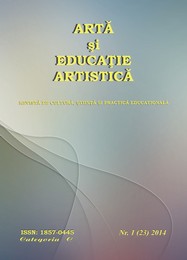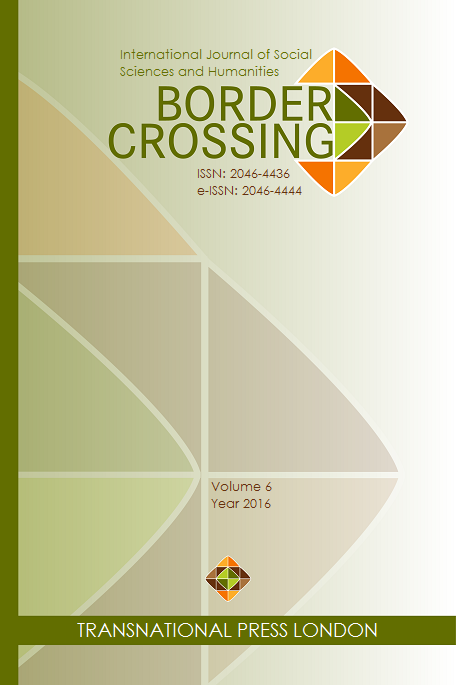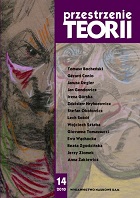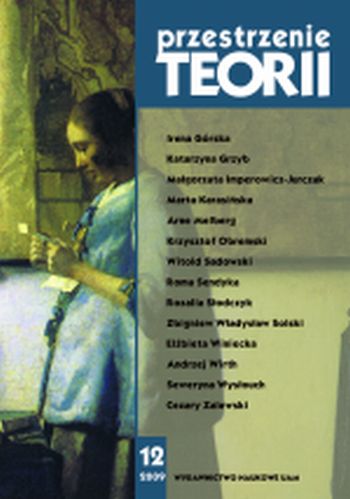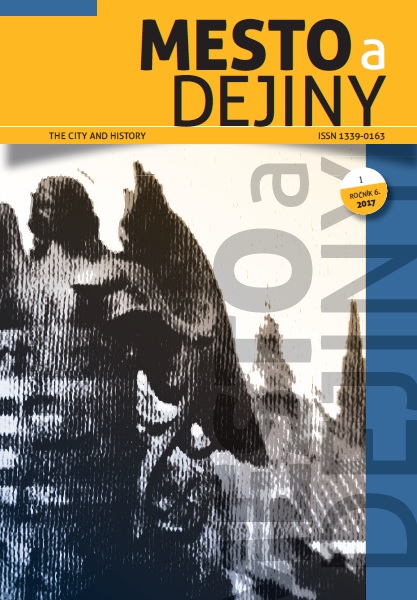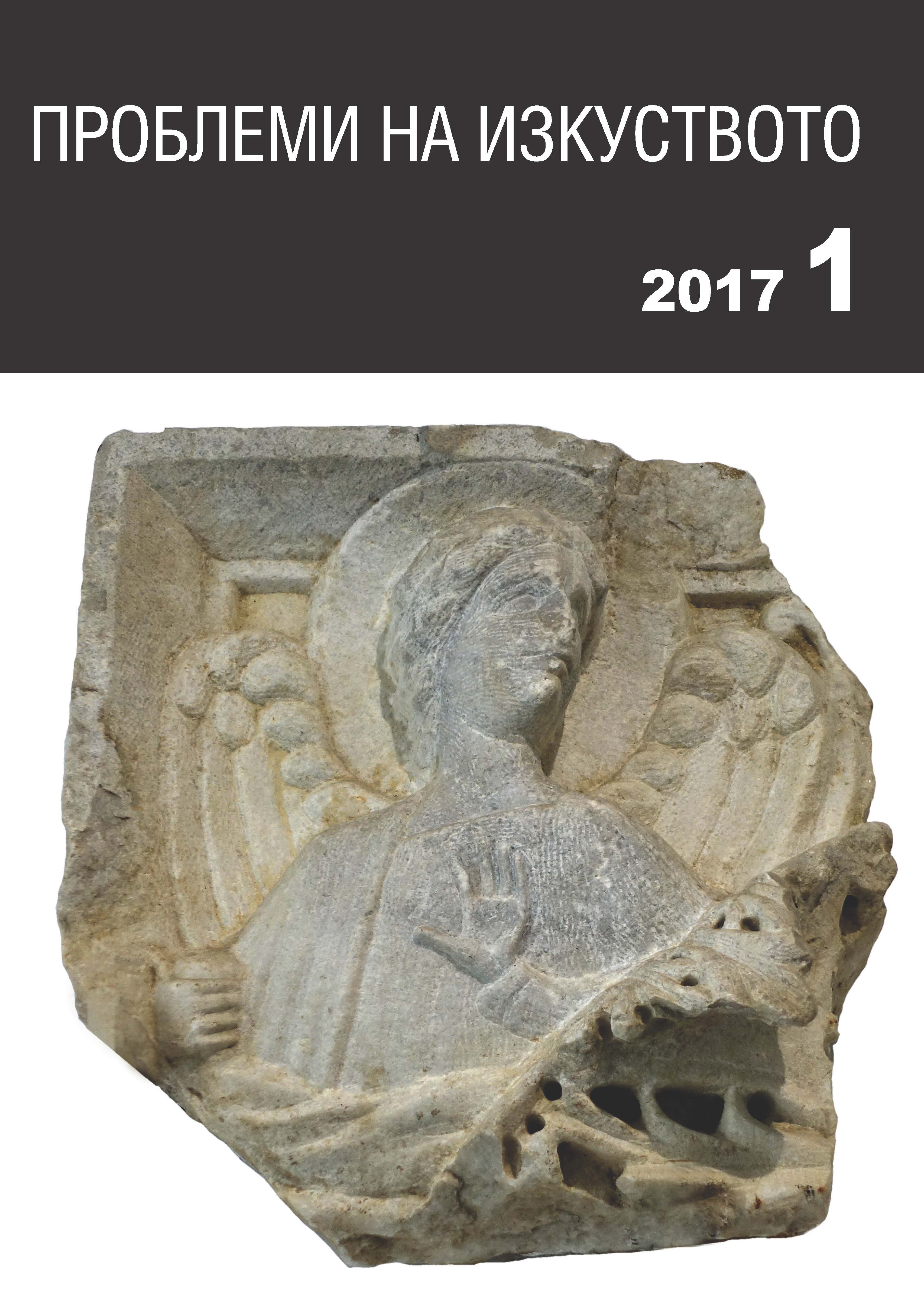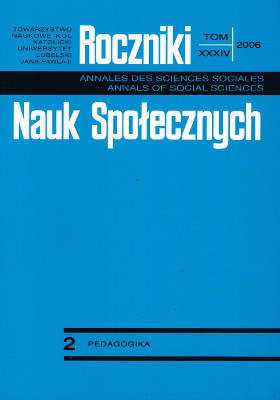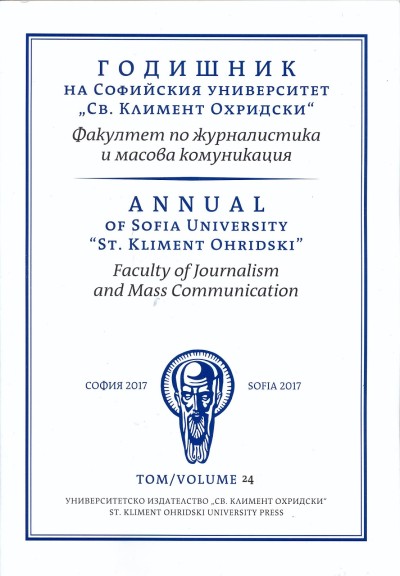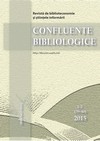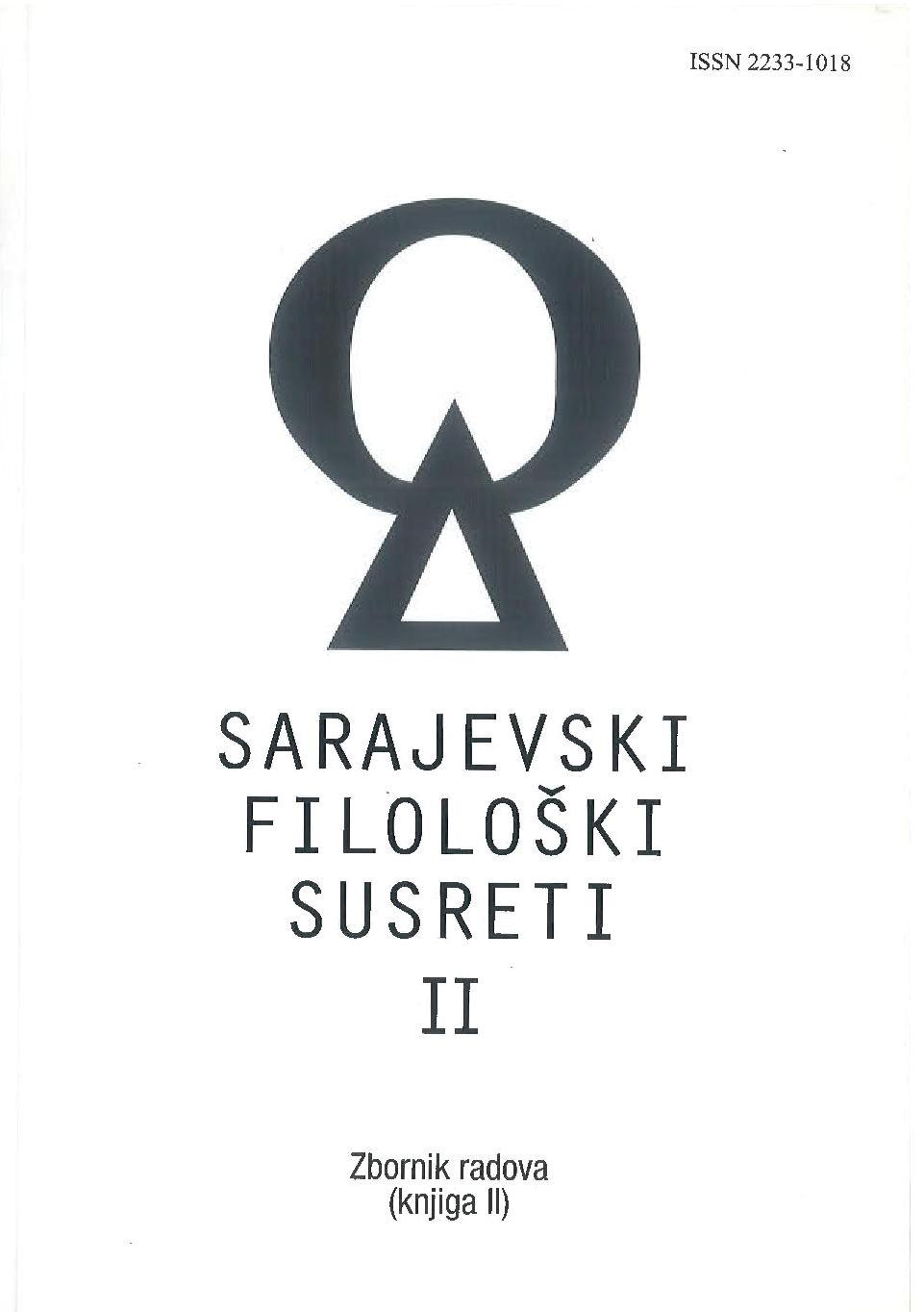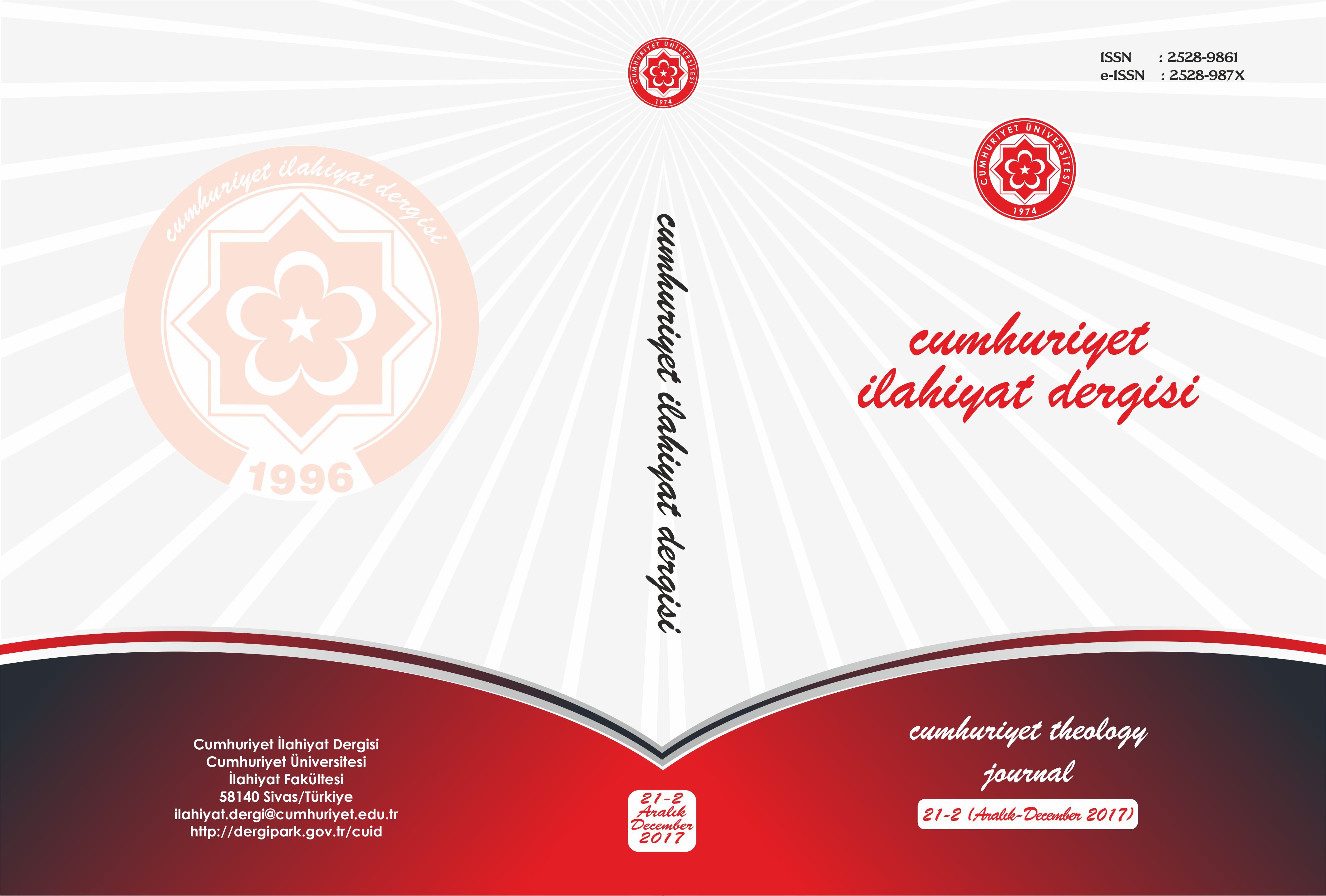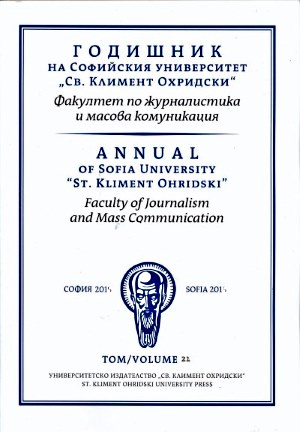Author(s): Ramazan Turan / Language(s): Turkish
Issue: 2/2017
It cannot be said that Ibn Miskawayh (d. 421/1030) who lived in the 11th century, systematically addressed the fundamental issues of aesthetics and philosophy of art. But he dealt with aesthetic experience and beauty as a problem. He regards the basic characters of the aesthetic experience as unity. The unity is the nature of the divine and purpose of seeking harmony, proportion and rhythm in the physical world is to approach this unity. According to him, the beauty is an objective concept and the thing that is beautiful is determined in the triangle of soul-nature-matter. What makes something beautiful is the harmony between the soul that reflects the divine and the sufficiency of the substance which has an ability to take it. When the artist processes the appropriate thing for the soul on the matter then the completeness arises. The completeness is the product of the relationship between theory and practice, each of them completes the other. Ibn Miskawayh also analyzes music and poetry in his work, and he thinks that music is the closest experience to reach the divine. The experience which is obtained through music is more influential than any other arts. In his view, music is related to the unity and the cosmic order. He has a prudent approach to poetry because he draws attention to the fact that the poetry uses tricks which irritate direct the soul.Summary: The aim of this study is to examine the aesthetics experience and beauty expressions in the Ibn Miskawayh’s (d. 421/1030) thought. He dealt with aesthetic experience and beauty as a problem. He mentions two kinds of beauty perception: the first one is temporary and partial beauty, the other one is general beauty perception. The temporary and partial beauty sense is individual, there is no objective criterion. But the general beauty sense is mentioned as an objective and the real beauty. According to him, the forms are seen beautifully by people is a result of the completeness and harmony between elements. Ibn Miskawayh's view of aesthetic experience arises in four aspects. The first is triangle of soul-nature-matter where the nature is the front namely the dimension in which nature is effective when we have to determine the aesthetic harmony between matter and soul. The intervention of the artist at this dimension has no effect. Beauty, unity and harmony are determined by the ability of material to take shape and the model taken from the soul. The more the resulting product represents the soul, the more its impact on the perceiving. This is the effect on objects that appear as beauty, flaw, ugliness, and that perceive visually.In the second dimension, which is the triangle of soul-nature-matter, the artist takes place between nature and material, where the artist is more active. Artist composes a matter while performing art. The aesthetic formation of the artist's product, in the first place, is the representation of the nature and even the soul forms. If the artist reflects the forms of the soul in his work and he imitates its forms, the product which is obtained becomes better. At that moment the artist enjoys his art, takes pleasure and feels special feelings.The other dimension is the aesthetic experience that is obtained by avoiding the effects of nature, which is only about music. According to him, the pleasure of music is more effective than the others and it is like pleasures of the divine world. A person who is competent to receive the divine goes beyond physical pleasures by the influence of music. But on the contrary, there are also some voices that affect the person in the negative and that disturb the soul.Forth, the material dimension. Although the source of the principles that enable the aesthetic experience base on in the divine world, the material has an effect on this experience. In other words, in the formation of this experience, the ability of the material to take the form of soul must be perfect. He explains this by giving examples of the wax and seal. According to this, if the wax is not competent enough to receive, for example dry, wet, solid or melted, the seal cannot take that form even if it is competent to give a copy, the wax cannot take it. Therefore, it must be free from imperfections.According to him, the reasons why we perceive something beautiful are the balance, harmony, rhythm, and conformity in colors and measure. These criteria are different for every artistic experience. Moderation and balance are related to visual experience; harmony and rhythm are related to music; hardness, softness, loudness is related to sound and meter is related to literature. All of these arise when the forms are that appropriate to what they received from. That is, there should be a proportion among soul, nature, artist and matter. There is no need for proportions if there is a unity but if there is no unity then we need for proportions that catch it. In addition, his emphasis on unity seems to reflect New Platonist influences as well as being a reflection of the principle of the Tawḥid of Islam.He draws attention to the fact that the unity must exist in literary arts, in poetry and literature should have a single measure and it must obey it until it is finished. In his opinion, if the order is established in literary arts, that is, if the place is not filled unnecessarily thing and put the words appropriate to the meaning, it is not pleasant to audience.According to him, if there is practice and experience in performing art then it becomes the art. If only the theoretical knowledge is taken into account and is not constantly supported by work and practice, it is not possible to talk about the artistic skill. According to him, the artist is also an expert in art. Hence, the harmony of the theoretical and the practical field provides the best excellence, while the route that leads to excellence determines the purpose of that thing in its nature.He explains the influence of music on souls in terms of the unity and the harmonic ratio. According to him, there is important relation between music and the order of the universe. According to him the divine order and harmony are the gifts of the Supreme Creator. There is only the man, who is intelligent, strives to reach divine order, which is the ultimate goal. This view is close to the tradition that represented by Ikhwān aṣ-Ṣafā.While Ibn Miskawayh has given place to poems in his works, he draws attention not only to its positive aspects but also to its negative effect. He does not reject poetry, but draws attention to the need for children to be taught poems about good habits supported by historical information. Also, they should be kept away from worthless poems which their subject is love and lovers and from the thought that the poets are fine-hearted persons. From this point, his opinions refer to the Platonic view, but Ibn Miskawayh’s concern about poetry is pure ethical concern.
More...
